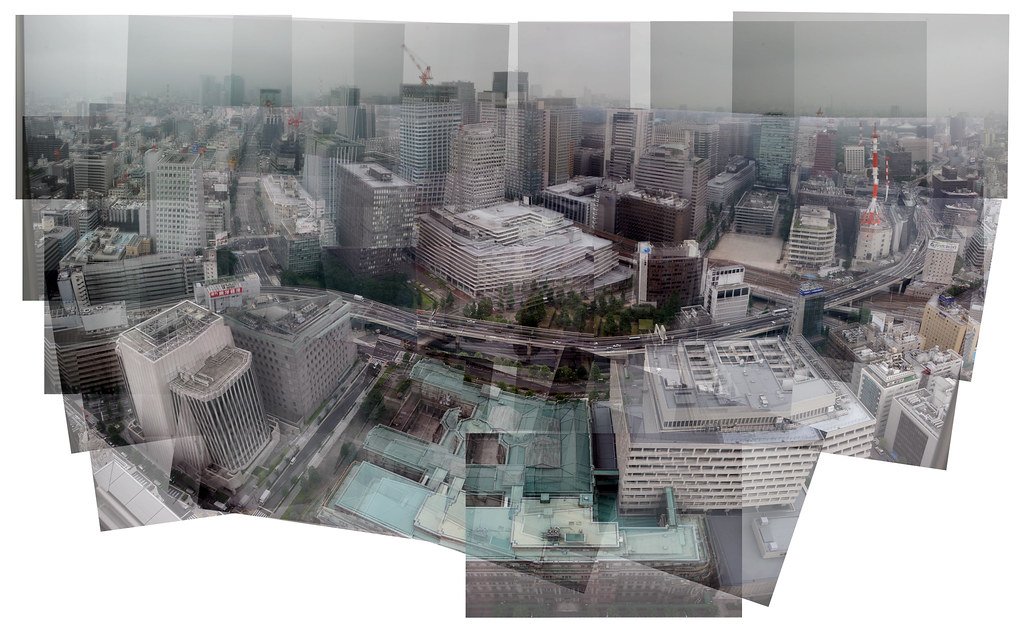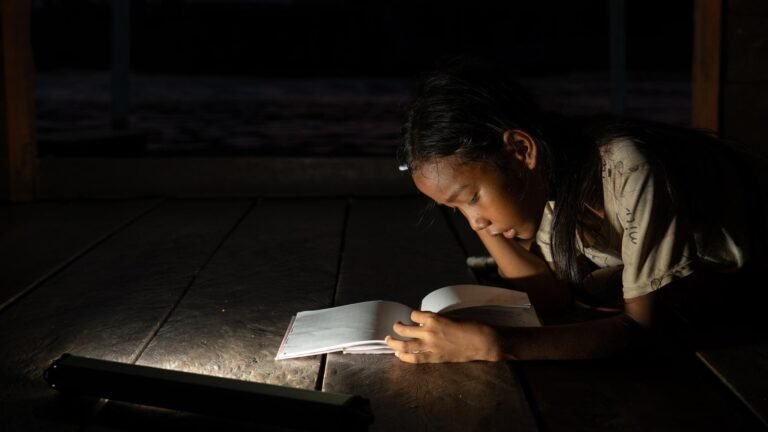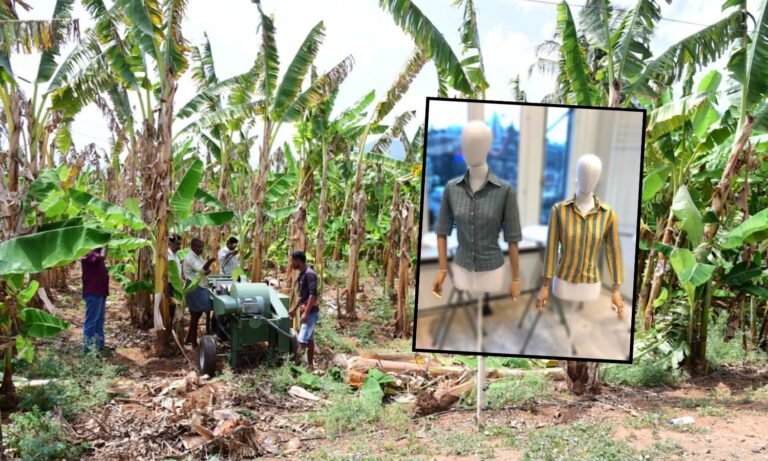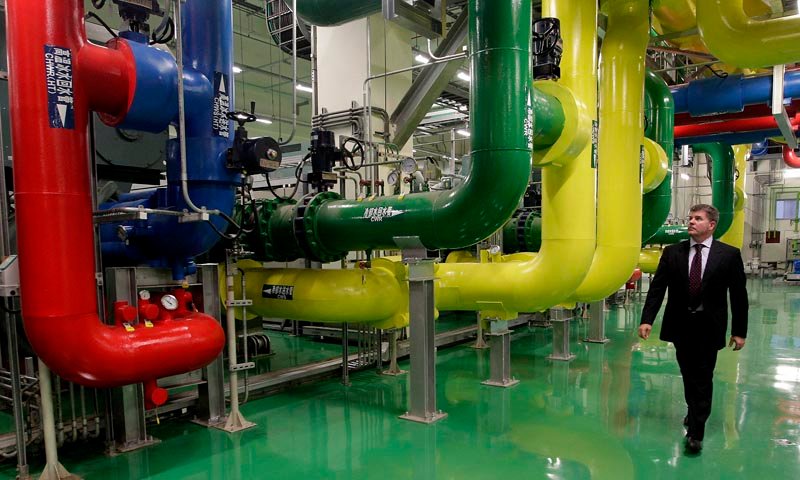Image: “Tokyo Skyline Panograph” by Chalky Lives is licensed under CC BY 2.0.
Revitalizing CBDs Vacant Office Towers could reduce emissions from new construction and support the 15-minute city model.
As of 2025, the combined population of Australia and Asia (excluding China and India) is approximately 2.1 billion people – with the combined GDP estimated to be approximately US$24–26 trillion. Economic affluence does not necessarily equate to prosperity for all. Housing and food security being the most fundamental.
Rapid urbanization and population growth, limited affordable housing stock, frequent climate related natural disasters, informal labor and poverty, and the lack of social safety nets for displaced populations are driving homelessness across Australia and the Asia region.
Repurposing office buildings into housing could be one solution- of many. Across Australia and parts of Asia as cities grapple with rising vacancy rates and housing shortages – including the shift to hybrid work has left many commercial towers underused – adaptive reuse of turning empty offices into apartments, seniors housing, or mixed-use developments is emerging as a smart, sustainable response to two pressing challenges: rising vacancy rates and housing shortages.
Australia’s housing crunch and a structurally smaller office market are forcing a simple, brutal question: why leave CBD towers half-idle when they could house people? The pivot from cubicles to kitchens is no longer fringe—it’s policy, planning, and, increasingly, projects.
A recent audit of Melbourne’s CBD identified 86 older office buildings ripe for conversion, publishing a detailed “Adaptive Reuse of Office Buildings” guidelines to help owners, planners and architects navigate fire egress, floor-plate depth, services, daylight, and heritage—turning fuzzy enthusiasm into practical yes/no pathways. The council frames it as both a climate and housing tool, aligned with its Retrofit Melbourne work program. Melbourne City Council)
The flagship case study: Make Room at 602 Little Bourke Street—50 studio apartments created by converting a dormant council building into supported housing with on-site services and a rooftop garden. Delivery partners include Unison Housing and cohealth. It’s the kind of “proof of possibility” Australian CBDs needed.

Designed by architects i2C and constructed by Harris HMC, this adaptive reuse project shows how existing assets can be transformed into a lifeline for vulnerable populations.
Across Asia, the momentum varies but the interest is growing.
In Singapore, where land is scarce and sustainability is a national priority, developers are repurposing industrial and office buildings into residential and mixed-use spaces.
Projects like the transformation of Bedok Point mall into Sky Eden@Bedok signal a shift toward compact, community-focused living. Government incentives and faster approval timelines are helping drive the trend, though strict zoning laws still limit widespread adoption.
Kuala Lumpur is seeing a wave of redevelopment in its aging office stock. As tenants flock to premium hubs like TRX and Merdeka 118, older buildings in Bukit Bintang and KLCC are being reimagined. Wisma KFC, once a corporate landmark, is now the Hyatt Centric hotel.
Others, like Menara ING and Wisma KLIH, have been converted into boutique hotels and serviced apartments. Property analysts suggest that further conversions into co-living spaces or healthcare hubs could unlock new value — especially if ESG compliance and smart technologies are integrated.
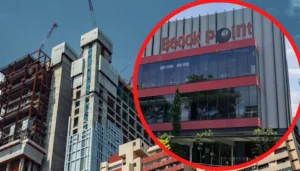
In South Korea, the focus is shifting from office-to-housing to housing-to-office — but Seoul’s Banjiha initiative offers a compelling case. After deadly floods in 2022 exposed the risks of semi-basement flats, the city began converting these vulnerable dwellings into multifunctional community spaces.

Image: A Banjiha space in the Guro-gu district is now a thriving city mushroom farm utilizing its natural humidity and light. Photo: Guro-gu District Office.
Within a year, the Seoul Housing & Communities Corporation purchased 538 Banjihas and facilitated the relocation of 3,671 households to public rental housing, marking a tangible step towards improving living conditions for affected individuals. It’s a bold example of adaptive reuse driven by climate resilience and social equity.
Hong Kong, meanwhile, is eyeing its aging office towers as a solution to both housing demand and urban revitalization. CBRE estimates that repurposing a 220,000 sq ft office building into an education or healthcare hub could yield a 20%+ internal rate of return.
Hong Kong retrofit hotel into student housing when the student housing shortage hit crisis levels, converting the Hotel Sav, Hung Hom, into Y83 student accommodation with 600 beds and 1,858 m² of shared amenities, reaching 85% occupancy in the first year and 100% in the second, with monthly rents increased from HK$7,000–$12,500 (2023) to HK$8,300–$14,800 (2024).

What actually converts?
Not every tower is a candidate. Winners typically have:
- Narrower floor plates (for daylight and cross-ventilation),
- Cores that can be re-positioned or supplemented,
- Generous ground-floor volumes that can host retail/community uses,
- Façades that can be reclad to meet energy and condensation standards,
- Nearby transport and services to satisfy planning and marketability.
Across the region, the message is clear: cities must evolve. Repurposing office buildings isn’t a silver bullet, but it’s a powerful tool in the urban planner’s kit — one that blends sustainability, affordability, and innovation. As governments and developers weigh the costs and benefits, the future of housing may well be hiding in plain sight — behind the glass facades of yesterday’s office towers.

